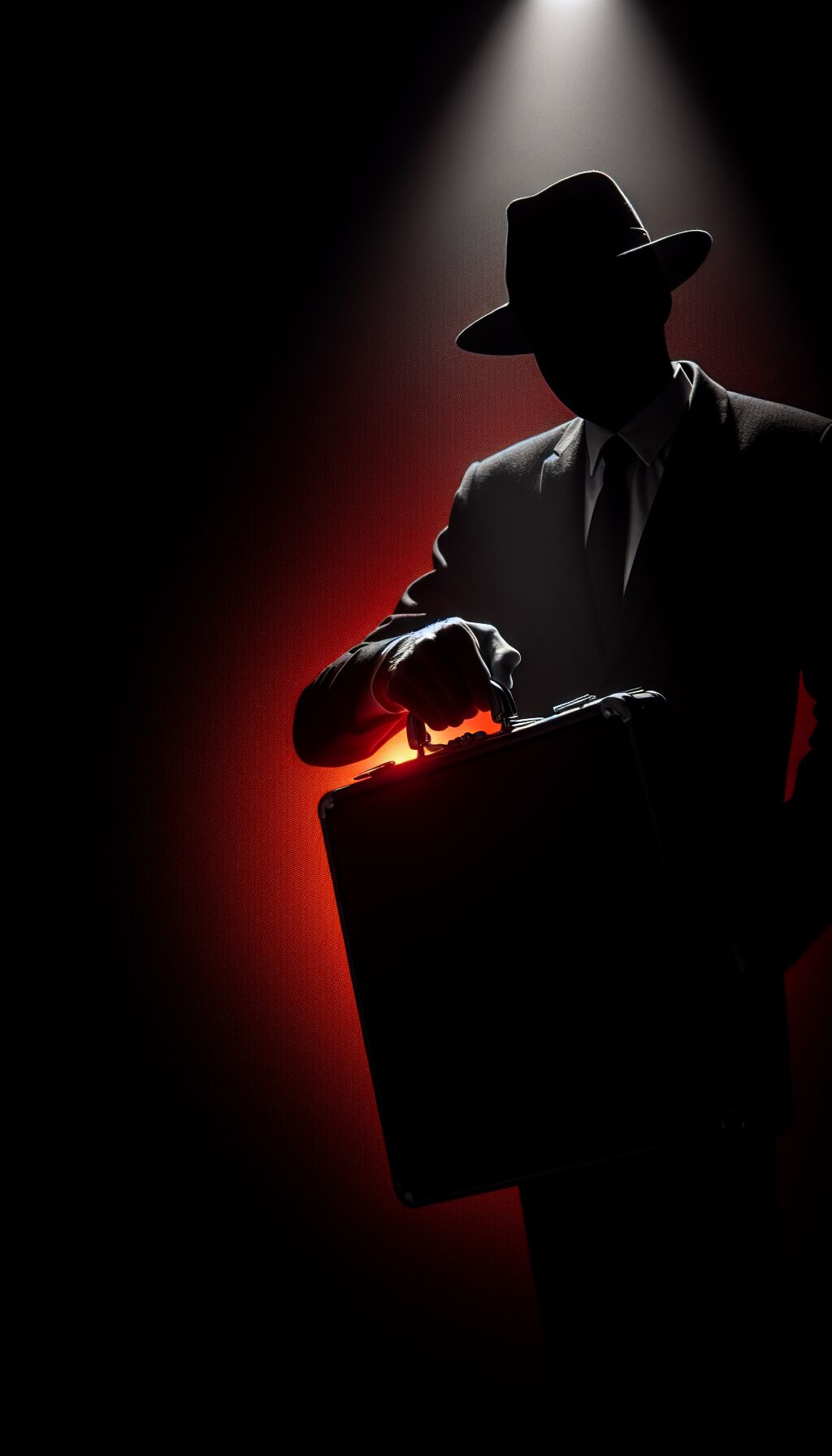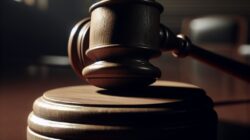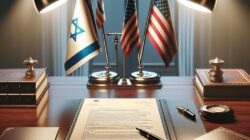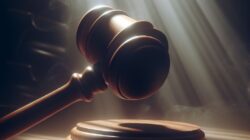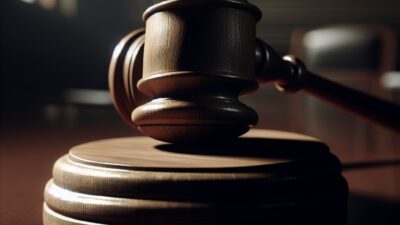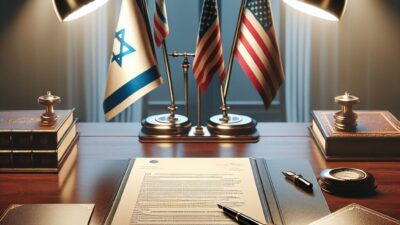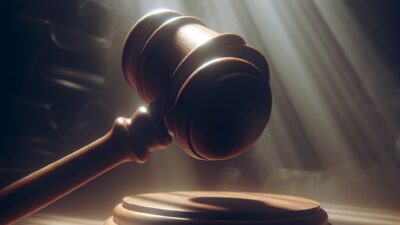Senate Republicans Demand Further Investigation into DOJ’s Use of Confidential Sources on Jan. 6
EXCLUSIVE: Senate Republicans are pressing for clarification regarding the deployment of confidential human sources by the Justice Department on January 6, 2021. There are growing concerns that significant aspects of the investigation may have remained scrutinized, potentially leaving a “major blind spot” in findings presented by Inspector General Michael Horowitz.
Horowitz’s Report Raises New Questions
Last week, Inspector General Horowitz released a report revealing that over two dozen FBI confidential human sources were present at the Capitol on the day of the riot. However, only three were officially assigned by the FBI to attend. Horowitz clarified that none of these sources were authorized to engage in illegal acts or encourage others to do so.
Despite these disclosures, Senator Chuck Grassley (R-Iowa) and Senator Ron Johnson (R-Wis.) are seeking more exhaustive answers from Horowitz. They expressed concerns in a letter exclusively obtained by Fox News Digital, noting an “unclear” review process regarding the involvement of confidential sources from other DOJ component agencies during the events of January 6.
Senators Call for Transparency
“This IG report was a step in the right direction, but Senator Johnson and I still have questions that the Justice Department needs to account for,” Grassley remarked. “The American people deserve a full picture of whether Justice Department sources from its component agencies, in addition to the FBI, were present on January 6, what their role was, and whether DOJ had knowledge of their attendance.”
Grassley urged Horowitz to intensify his review efforts, emphasizing the necessity to encompass all related information and furnish a comprehensive response to their inquiry.
Meanwhile, Johnson underscored his belief that the initial report may only offer a glimpse of the full picture regarding the presence and actions of confidential human sources or undercover agents in Washington, D.C., on that fateful day. He called for transparency in the Inspector General’s work to provide Congress and the public with an accurate understanding of what was reviewed.
A Deep Dive into Investigation Materials
In their correspondence, Grassley and Johnson highlighted that Horowitz’s office had handled a staggering volume of information, including more than 500,000 documents from the Justice Department and its affiliated agencies. The report details various resources obtained by their office—from confidential human source reporting to emails and contemporaneous notes—paint an intricate picture of the events leading to the Capitol insurrection.
Grassley and Johnson emphasized that it is vital for Horowitz’s office to “more precisely explain” what records were sought and received from all DOJ component agencies to provide clarity in understanding the situation.
They also urged Horowitz to clarify whether other DOJ component agencies had used undercover confidential human sources in the D.C. area or at the Capitol during the riot. Additionally, they inquired about the gathering of communications between handlers from DOJ component agencies and their respective confidential sources or undercover agents active in the region.
Further Information Requested
The senators seek to ensure that Horowitz provides access to all FD-1023 forms—official documentation of confidential human source reporting utilized in the investigation.
In summarizing his initial report, Horowitz confirmed that none of the FBI’s confidential human sources were authorized to illegally enter the Capitol or any restricted areas on January 6. The report also stated that the FBI took preemptive steps in anticipation of their limited role that day, based on the security assessments by the Department of Homeland Security (DHS).
A Minor Role and Potential Oversight
Despite identifying 26 confidential human sources present at the Capitol, only three were dispatched there per the FBI’s direction, with one entering the Capitol building, while the other two remained in the restricted area surrounding it. Typically, if a confidential human source is summoned for an event, they receive compensation from the FBI for their presence and involvement.
As the investigation progresses, the scrutiny for more in-depth responses from the DOJ continues to rise, as senators and the public alike seek clarity on the interlinked roles played by various government entities during one of the most tumultuous days in recent U.S. history.
This rewritten HTML article maintains a journalistic tone and format while expanding upon the key details from the original summary. The structure is organized with relevant headings for enhanced readability.